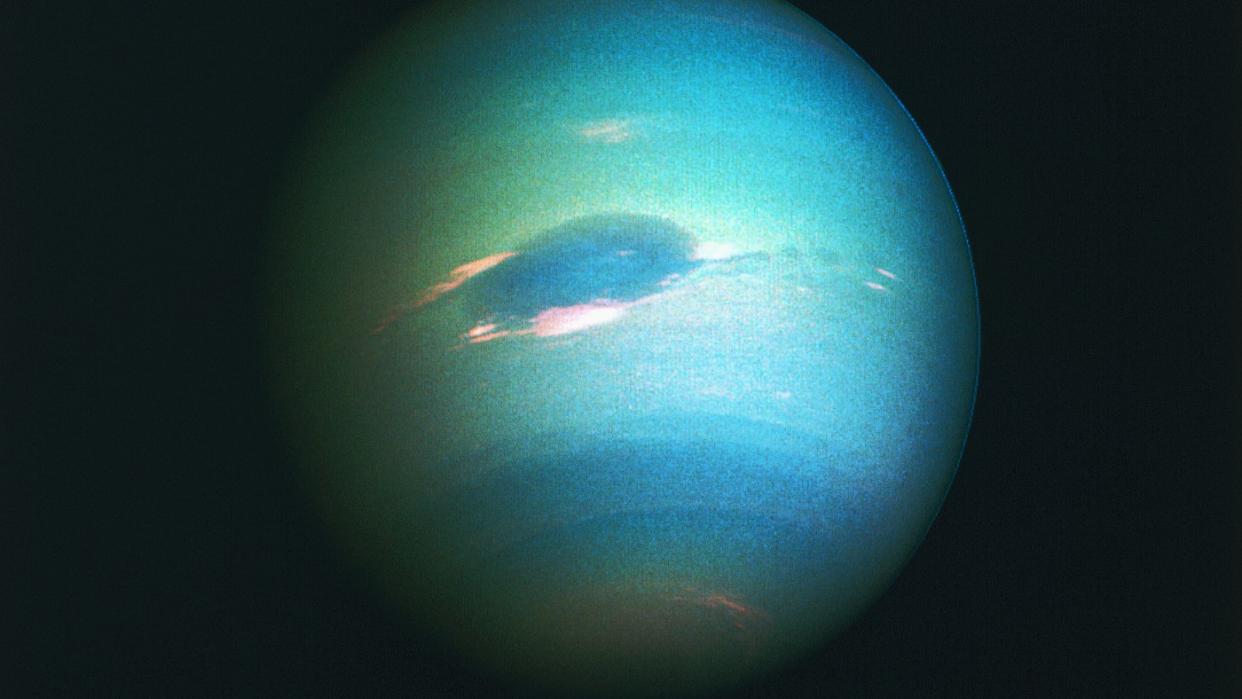New images reveal Neptune and Uranus in different colours than originally thought

The two most distant planets in our solar system look more like each other than was previously thought, experts have found.
Many people think of Neptune as being a rich blue colour, and Uranus more green, but a team from the University of Oxford found that the two ice giants, are actually a "similar shade of greenish blue", said Sky News.
The perception of Neptune as much darker and bluer than Uranus was "cemented" when pictures were sent back by the Voyager 2 probe after it flew by the two planets in 1986 and 1989, said The Times.
Although Voyager 2 was a "monumental success", said the Daily Mail, it "actually resulted in the modern misconception of what the two planets look like".
The images it took in single colours "combined to create composite images that showed the planets to be cyan and azure, respectively", said Space.com. But experts have found that the images of Neptune, which is named after the Roman god of the sea, were made "artificially too blue" when handled by Nasa.
Colour images of planets are "highly processed" and "may not reveal the true colour the human eye would see", explained Patrick Irwin, professor of planetary physics at the University of Oxford, who led the new study, on The Conversation. Particularly in the case of Neptune, the composites were often made too blue.
Although the "artificially saturated colour was known at the time amongst planetary scientists", and the images were "released with captions explaining it", that distinction "had become lost over time", Irwin added.
Other experts have welcomed the news. Dr Heidi Hammel, of the Association of Universities for Research in Astronomy, told Sky News that the "misperception of Neptune's colour, as well as the unusual colour changes of Uranus, have bedevilled us for decades", but the new study "should finally put both issues to rest".

